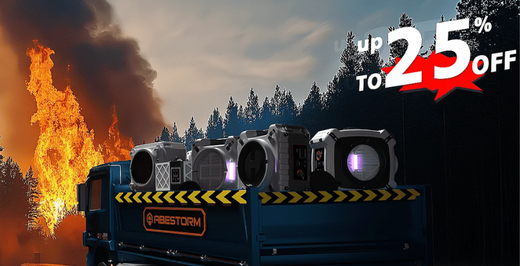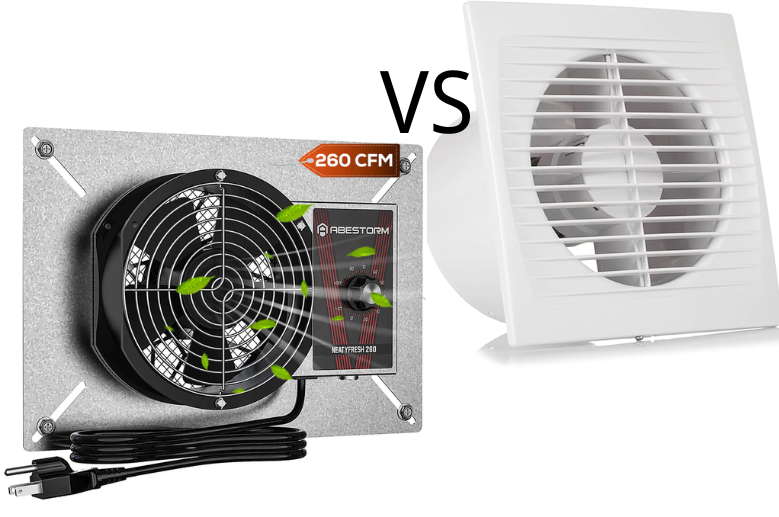Having humidity levels in a basement can lead to mold growth, damage to structures and stored items, and an unpleasant atmosphere. While dehumidifiers are helpful, they require energy to run and empty the condensate reservoir. Fortunately, one can also take natural and passive methods to help reduce moisture in a below-grade living space.
Proper ventilation, installing vapor barriers and insulation, addressing moisture sources, and using dehumidifying materials are all effective strategies for naturally controlling humidity without plugging in an appliance.
This article will summarize these techniques homeowners can implement to dehumidify their basements through ventilation, blocking moisture entry points, reducing condensation factors, and absorbing excess water from the air. With some modifications and regular maintenance, basements can be kept dry using passive methods rather than powered dehumidifiers.
What are the Main Signs That Your Basement Needs to be Drained?
- Standing water or puddles on the basement floor after it rains. This indicates water is entering and not draining properly.
- Dark water stains or marks on the walls and ceilings. Over time, moisture leaves unattractive stains as it seeps into porous surfaces.
- Musty or moldy odors emanating from the basement. Mold growth is a red flag that the space has high humidity from water issues.
- Peeling or flaking paint or wallpaper. Moisture causes these surfaces to deteriorate more quickly.
- White mineral deposits are left behind as water evaporates. These could be calcium or efflorescence marks.
- Cracking or crumbling of concrete flooring. Water penetration can weaken cement over the long run.
- Damaged or rusted tools and equipment are stored in the basement. Prolonged dampness leads to corrosion.
- Buzzing or humming sounds in the electrical panel. Too much moisture is dangerous and can cause short circuits.
- Windows or doors that no longer properly close or seal. Swelling wood from wet conditions.
- Cracks in the foundation walls. These allow further water infiltration if not properly sealed.

What is the Best Way to Dehumidify the Basement?
Dehumidifying your basement requires multiple tactics. Taking proactive steps can significantly cut moisture and boost comfort. Combining approaches works best at achieving a dry, pleasant space. Ventilation removes damp air, while sealants stop water sources. Insulation plus vapor barriers block intrusion.
Absorptive materials are positioned to trap excess humidity. Drainage prevents flooding and associated issues. Correcting both interior and exterior factors is key. No single solution provides a lasting fix. However implementing ventilation, drainage, sealing, and absorbency tactics together lowers a basement's water content and humidity over the long term. A holistic process keeps the downstairs space dry.
Ensure Ventilation of the Basement
Ventilation is key to humidity control. Regularly open windows and doors for airflow, especially when outdoor levels are low. A basement needs fresh air exchange. If no natural ventilation exists, install exhaust fans or vents to move damp air out. Facilitating circulation removes moisture-laden air that would otherwise get trapped and raises humidity. Proper airflow keeps levels in check through a low-effort solution.
Keep the Basement Warm Even During Winter
Colder temperatures cause condensation issues as air holds less moisture. Keep temperatures consistent in the basement all year to minimize fluctuations that boost humidity. Run space heaters during winter or integrate the basement in the central heating to maintain heat levels. Preventing temperature swings stops moisture from condensing out of the air due to cooling effects that raise humidity dangerously through added water content. Stable heat averts excess dampness.
Sealing Basement Cracks and Openings
Cracks let moisture infiltrate through walls, floors and foundations. Inspect regularly for breaches and seal using caulk or weatherstripping to block ingress. Minute openings allow water entry if not fixed, raising humidity inside over time. Preventing water sources from the outside through sealing protects interior air quality and controls dampness levels. Plugging holes reinforces barriers against exterior humidity incursion to maintain an appropriately dry environment inside.
Properly Insulating Walls and Floors
Insulation maintains temperature and stops condensation issues. Cover walls, floors, and pipes with proper materials for your basement's needs. Installing insulation helps regulate heat transfer which lowers surface dampness occurrence. Reduction of cold spots lessens where moisture collects as warm air cools upon contact. Insulating barriers preserve an even interior environment through consistent surface temps that minimize excess water buildup from condensation inside the basement area.
Cleaning Air Filters
Replace air filters routinely. Clean filters optimize airflow and quality. Facilitating air movement decreases moisture concentration. Consistent filter maintenance supports humidity control through dust removal that inhibits airflow while circulating the interior atmosphere efficiently for a refreshed, drier basement setting.

How Long to Dehumidify a Basement?
The amount of time it takes to properly dehumidify a basement can vary significantly based on the level of moisture present and the size of the space. As a general guideline, plan to run a dehumidifier continuously for at least 1-2 weeks to make a noticeable dent in the humidity levels if they are high.
Be aware it could take a month or longer to fully dry out a wet basement depending on the severity of the moisture problem. It's best to use a hygrometer to monitor the humidity levels during the dehumidifying process. Only shut off the dehumidifier once readings are consistently below 50% relative humidity. With persistent use, most basements can be dried out effectively within 4-6 weeks.
Common Mistakes That Homeowners Make When Using Dehumidifiers
FAQ’s
What is the best way to improve ventilation?
Open windows, and install exhaust fans or vents to allow damp air to circulate out.
How can you block moisture infiltration?
Seal cracks and gaps around pipes, windows, and walls with caulk or weatherstripping.
What types of materials are effective for absorbing excess moisture?
Items like charcoal, silica gel or some stones will attract and trap water molecules in the air to help lower humidity levels.
Conclusion
There are several effective natural and low-cost solutions homeowners can implement to control excess moisture levels in their basements. The key is using a multi-pronged approach that addresses ventilation, moisture intrusion barriers and absorption. Maximizing air flow by opening windows when humidity is low combined with sealing cracks and installing vents allows damp indoor air to efficiently circulate out.
Proper insulation and adding moisture-absorbing materials like charcoal helps regulate surface temperatures to prevent condensation issues while lowering ambient water content in the air. Consistently monitoring humidity with a hygrometer ensures these natural techniques are working as intended. With diligent maintenance of ventilation, sealing, insulation and absorption tactics over time, most basements can achieve adequate dryness through passive methods alone. Homeowners should see gradual humidity reductions by thoughtfully applying these diverse yet complementary dehumidifying strategies.









Shop For Dehumidifier